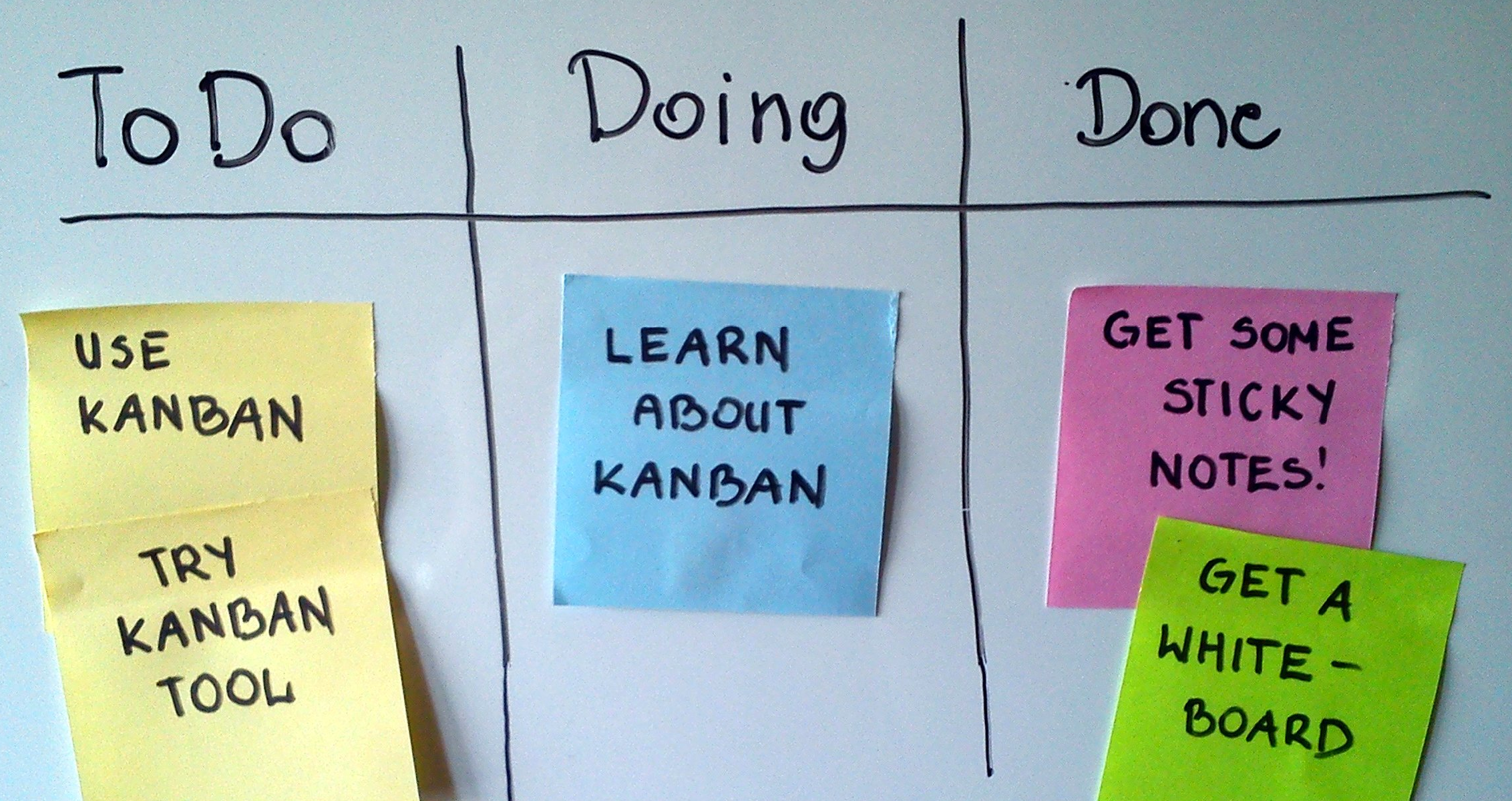Creative knowledge work is a process of knowledge discovery. You might say that this statement goes a long way to define creative knowledge work and let the rest be left the imagination, but there is still plenty to be said about the process of knowledge discovery.
In ‘Kanban from the Inside‘ I make 16 mentions of “knowledge discovery” – clearly it’s an important term!
The presence here of the customer focus value is a clue that I leave precise technical definitions to others. Instead, I describe the coming together of attitude and actual practice, which (in general) values encapsulate superbly. My conclusions could be summarised as follows:
- Aim not merely to take orders or to satisfy requirements, but instead to anticipate and meet needs at the right time
- Be humble about how little you really know; proceed accordingly
- Be humble about how inadequately your process uncovers needs; help it to adapt
- Even after delivery, expect to learn more about how needs are being met; validate.
In short—and with apologies to Stephen Covey—start humbly with the assumed need in mind.
I use the word “humbling” every time I retell the story of my first introduction of an explicit post-delivery validation step. Tired of seeing my teams deliver against unneeded requirements, I insisted on it out of pure frustration and with a “that will teach them” kind of negativity, aimed mainly but not exclusively at our customers. The effect on the whole process was however nothing short of profound; the end result being real collaboration at every stage of the process!
Nowadays, and with the advent of the likes of Lean Startup and Lean UX in which validation is formalized, we know that a commitment to validation is a highly repeatable way to catalyze a shift from requirements-driven to hypothesis-driven development. The Kanban Method doesn’t make this commitment explicit, but it is a widely recognized practice fully in keeping with the customer focus value and the core practices of “Manage flow” and “Implement feedback loops”. And for me personally, there’s no going back.

